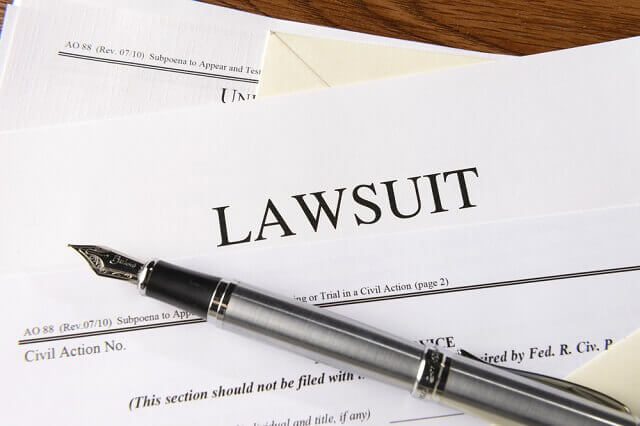
Free Consultation(203) 447-0000

Free Consultation(203) 447-0000

A lawsuit may be filed against a fictitious defendant. This person is not manifested from the plaintiff’s imagination. Instead, they are an unknown party that is provided a fictitious name (e.g., John or Jane Doe or Doe I, Doe II, and Doe III). In the complaint, there is an allegation against this fictitious individual; when the identity is discovered, the real name will be inserted in the complaint.
This is a helpful tool that was created to help plaintiffs who cannot readily identify the defendant. For example, a plaintiff was rear-ended by a vehicle and that vehicle left the scene. Or, there was a large pile-up accident where there is likely more than one defendant.
There are plenty of legal complexities involved in using a Doe defendant in a claim. Therefore, you will need an attorney to assist you with your case and determine if you can still file with a fictitious defendant.
What Happens When You Discover Their Identity?
The complaint must be amended once you have the identity of the defendant. Then, you will be required by law to serve the named defendant. They are served just like any other defendant; and they should be served with the summons, complaint, and the amendment showing their name change. While this is not necessary, it further protects you. Your attorney will ensure that a Proof of Service has been filed and that all rules were followed when the defendant was served with the summons.
Your personal injury attorney will handle filling out the complaint. There are several components that are required in a complaint, which include:
If you or a loved one has been seriously injured, you can contact a personal injury attorney. An attorney will help identify all responsible parties and complete the initial complaint so that it is accepted by the court. Contact Berkowitz and Hanna LLC today to schedule a no-obligation case evaluation. Call us or contact us online to get started.
Berkowitz Hanna
